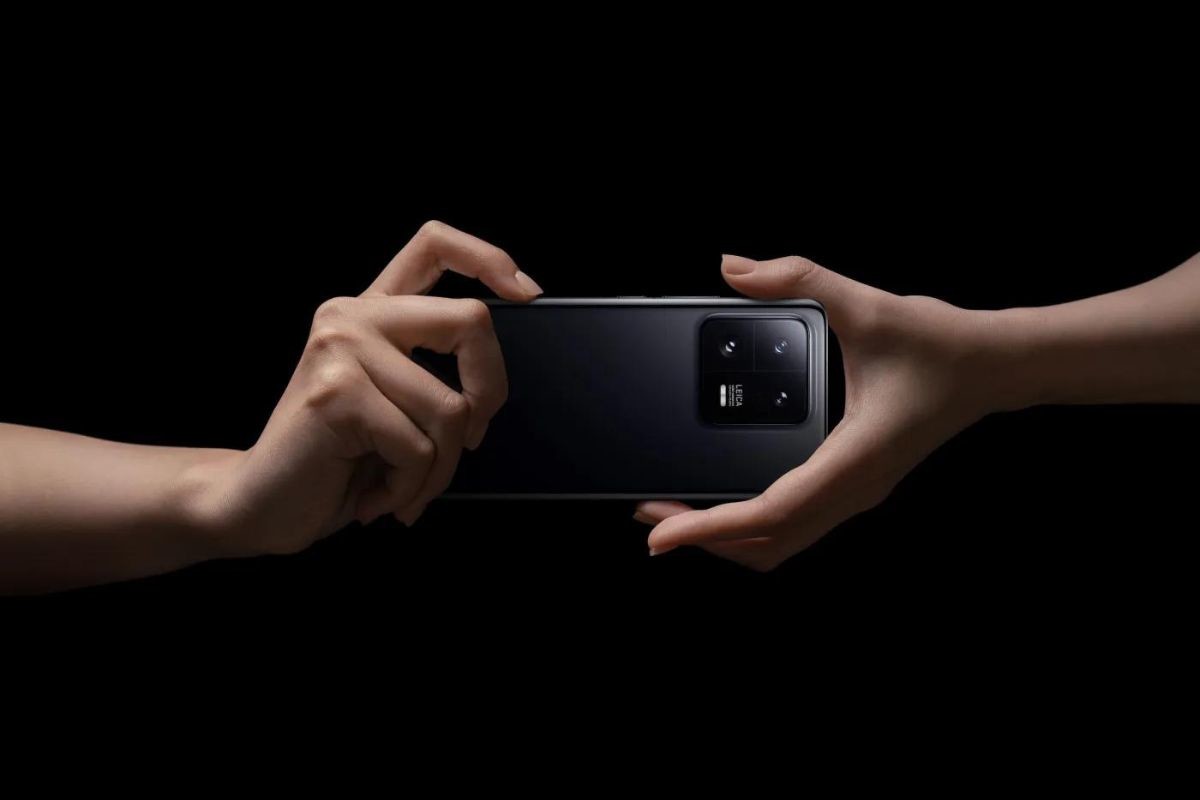Electric vehicles, great for fighting climate change, don’t do well in extreme heat. It is a paradox that is highlighted as the whole world bakes under heat waves that are becoming more frequent and more intense, writes Bloomberg.
All in all, high temperatures are not necessarily a problem for battery-powered vehicles. In a hot climate, an electric vehicle has to work harder to keep the battery and passengers cool, but the car will perform just fine. Chemically, however, extreme heat is akin to heart disease for electric car batteries, or a mild, slow-growing form of cancer.
This is because when temperatures rise, the ions in a car battery accelerate. Once this happens, they often have trouble attaching to the anode or cathode. Pressure and speed can also create small cracks, which slow down chemical reactions and make the life of the battery less useful.
To some degree, this happens with any fast charging cycle. Using a Tesla Supercharger will move ions faster than plugging into a wall outlet, and the heat generated by fast charging is one of the reasons smartphone batteries aren’t faster. But on extremely hot days, the ions in an EV battery cycle even when the car isn’t moving or plugged in, and this can irreversibly reduce range.
“The worst case scenario is a car that sits in a garage without air conditioning all summer, unplugged,” says Scott Case, co-founder and chief executive of Recurrent, a start-up that generates condition reports of battery health for EV customers and distributors. “This will cook the battery very quickly.” If the car is plugged in, it can use charging power to keep its battery cool.
Cold weather also has an impact on electric vehicle batteries. The colder it is, the slower the chemical reactions and the less charge a battery holds. But these losses are short-term; in the spring, a battery that has been in a snowy or cold area will regain all its functions, while heat can reduce the maximum range indefinitely.
As EV adoption progresses in tandem with rising temperatures, drivers around the world will need to familiarize themselves with best practices for maintaining battery life. In the US, in particular, some of the highest levels of electric vehicle adoption are in warm places. California, Florida, Texas, Arizona and Georgia are home to 56 percent of the nation’s battery cars, according to the Department of Energy. Fortunately, education can neutralize much of the heat’s natural handicap.
“Anywhere I can find shade in a hot Texas summer, I try to find it,” says Skyler Williams, an Austin entrepreneur who researched battery chemistry and maintenance before purchasing his Rivian R1S last August. “It doesn’t matter if I’m going to be in the grocery store for 10 minutes or two hours. Better to be safe than sorry.”
Williams also follows other good basic rules: He only charges at fast stations when he needs to, always leaves his truck plugged in when parked in the garage, rarely charges the battery above 80 percent, and uses the Rivian app to open the windows if he’s away from the truck on a hot day. After nearly a year, his car hasn’t lost any range, which bodes well for resale value.
Battery health is fast becoming the next critical parameter in the EV market, which has prompted a rush to quantify at a granular level. Stephanie Valdez Streaty, director of strategic planning at Cox Automotive Inc., says four out of five electric vehicle buyers consider battery life when making a purchase, which is one reason her team is developing a proprietary score to measure it.
“We’re still in the middle of research and development on that, but that’s the vision,” she says. “Having the option to buy a used electric vehicle is so important, and transparency around battery health will be key.”
Recurrent, meanwhile, is one step ahead. Three times a day, the company analyzes battery data from more than 17,000 electric vehicles registered to its service. With this data, Recurrent can quickly assign a score to a specific electric vehicle by analyzing estimated range, state of charge and mileage. If its system is able to capture a car while charging, that’s even better.
For example, an electric vehicle that has been through a few Texas summers may score lower than the same model with the same mileage in a temperate climate. Conversely, a Texan driver who has taken all the correct precautions for his electric vehicle might achieve a higher Recurrent score than an equivalent car from a cooler climate that is routinely driven to empty and then recharged at maximum, practices that increase wear and tear on a lithium-ion battery.
“Manufacturers compete on three axes: total range, charging speed and cost,” says Case. “They will be held accountable for a fourth axis, namely, ‘How long will these things last?'”
California regulators are already considering a proposal that would require battery health to be displayed on every electric vehicle sold. To date, some of Recurrent’s best customers are dealers in warm climates, where the difference between actual range and official, “certified” range, as defined by the US Environmental Protection Agency, can be very large.
“The EPA range ratings are wrong from day one because they don’t account for temperature variations,” says Scott. “This is a huge transition that everyone needs to see.”
2023-07-16 15:15:05
#Dangers #heat #wave #battery #electric #car #cook #battery #quickly #practices #preserving #autonomy


